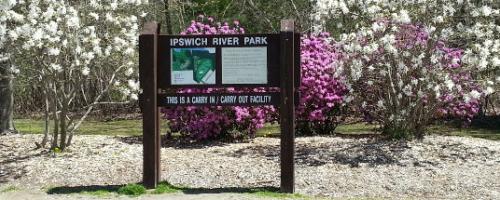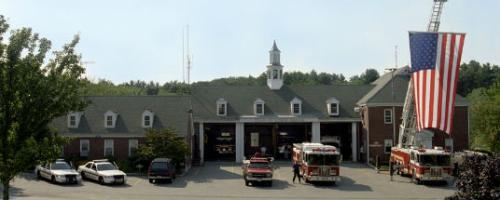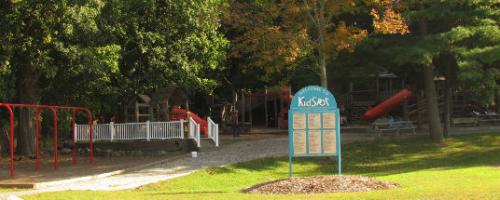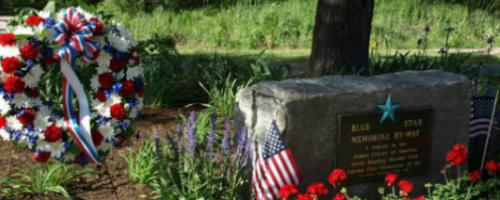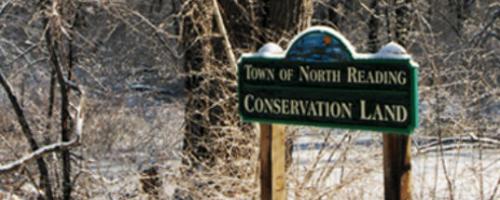Road Safety
- The public is urged to stay off the roads. Obviously, road conditions will be hazardous to drivers. Additionally, the lower the traffic volume, the easier it will be for cleanup crews to do their jobs and for emergency vehicles to reach people in distress.
- The high snow banks and narrow streets present many dangers, such as cross-traffic pulling out in front of you unexpectedly, and children waiting at school bus stops or playing on snow banks.
- Utilize Public Transportation when possible.
- For those who have to drive, we urge them to drive slowly and, because stopping times will be compromised, to leave a great deal of space between themselves and the vehicle in front of them (at least 4 vehicle lengths).
- Motorists on all state highways and roadways should be aware that State Police will consider the weather conditions when determining what speed is reasonable. In cases of severe inclement weather, the posted speed limit is clearly not a reasonable speed. State Police urge motorists on all state highways and roadways to driver under 40 mph during snow and ice events, and we will consider anyone exceeding that speed limit to have operating at a speed greater than reasonable and, in extreme cases, to be operating negligently, and we will take appropriate enforcement action.
- Likewise, State Police recommends that all truckers and drivers of tractor-trailer units to err on the side of caution and pull off state highways in severe inclement weather. Commercial carriers are urged to plan ahead to make appropriate scheduling changes to keep their own drivers and other motorists safe. In inclement weather certain highway exits and grade inclines are difficult for trucks to navigate safely.
- Drivers should have a cellular phone with them, and if they get into distress, they should call 911 on the cell to be immediately contacted to a State Police Communications Center.
- Drivers should also have a blanket, warm clothing and flashlight with them in the case that they do get stranded and have to wait for emergency responders.
- Drivers who get stranded should stay with their motor vehicles if it is safe to do so (i.e., if the vehicle off to the side of the road in a safe place). Motorists who get stuck in snow banks should be aware of the danger of carbon monoxide poisoning if the snow is blocking their tailpipe, and take appropriate action by shutting the engine and opening a window.
- All motorists are reminded to clear snow and ice from their car windows, roofs and license plates. Failure to do so can cause a public safety hazard as snow and ice blows off and strikes other vehicles or hampers drivers’ visibility. Drivers who fail to properly clean their cars of snow or ice can be cited for impeded operation, for transporting an unsecured load, or for a license plate violation if snow obscures the license plate. For the same reasons, truckers are reminded to clear snow and ice from their roofs or trailer units.
- Motorists are warned to be extremely vigilant for pedestrians walking on streets made narrow by snow banks, and also to take great care and to go slowly when approaching intersections with limited visibility caused by snow banks.
- If possible help shovel out fire hydrants and storm drains on your street.

